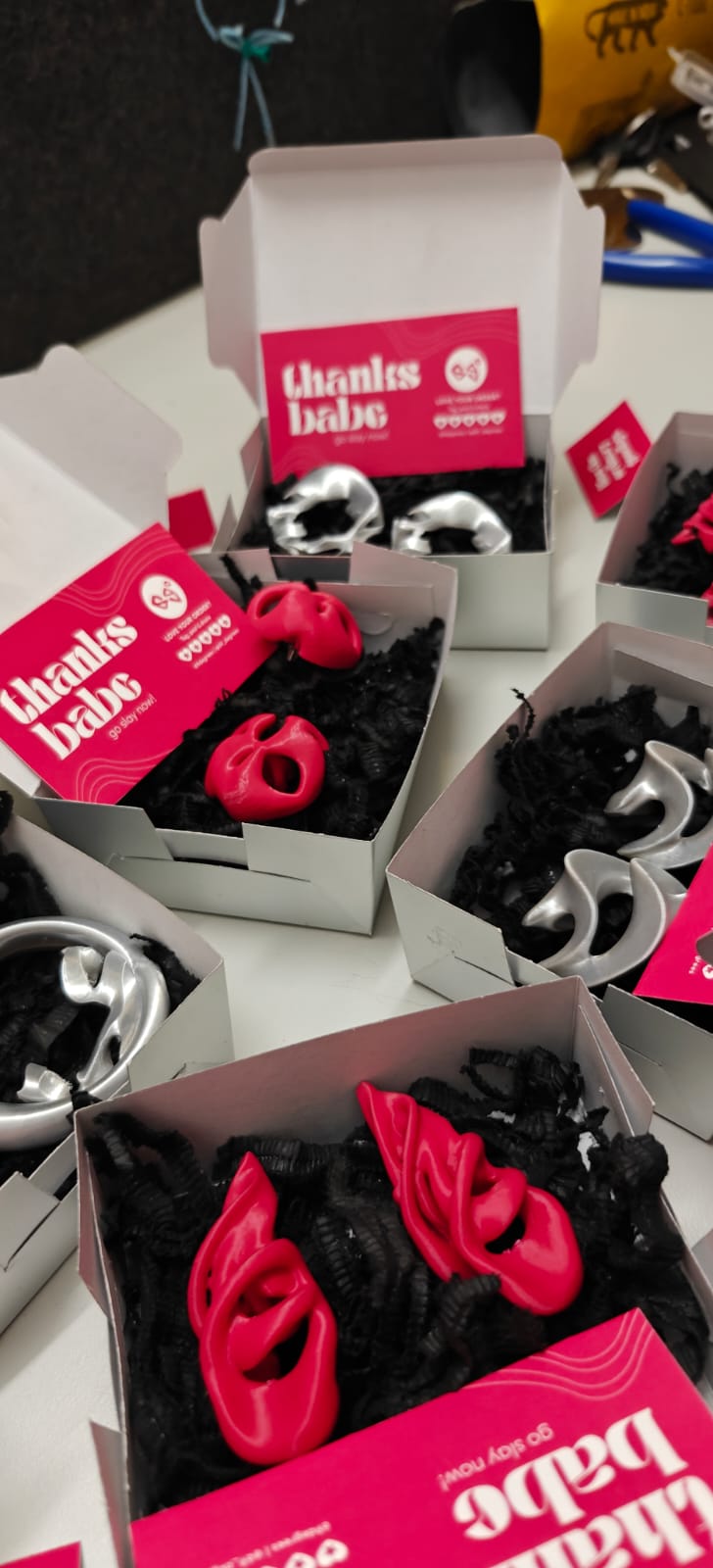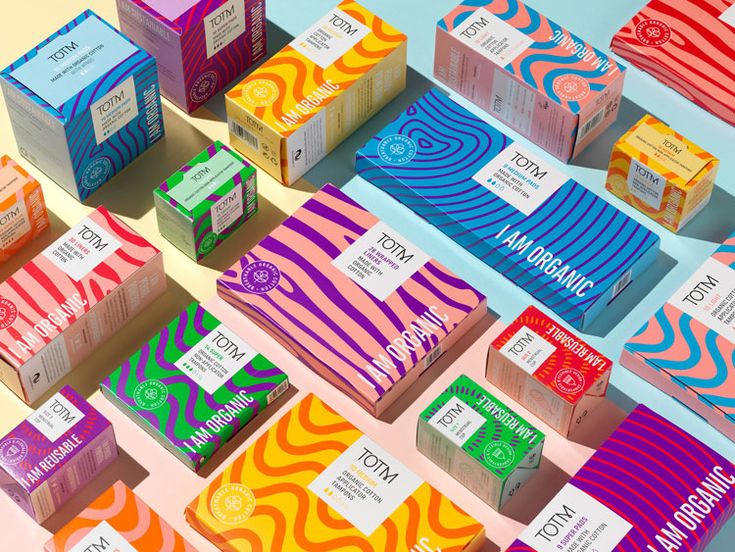Design is a field that constantly challenges its creators, pushing them to think beyond conventional boundaries. My journey in jewelry design was one such experience—an opportunity that not only tested my skills but also expanded my understanding of materials, aesthetics, and craftsmanship. Unlike traditional metal jewelry, working with plastic and 3D printing introduced a completely different set of challenges and possibilities. Jewelry design demands precision, intricate detailing, and a deep appreciation for form and function, all of which became even more crucial when working with additive manufacturing. It was a challenge I hadn’t anticipated, yet one that transformed the way I approached creativity and problem-solving.
When I first ventured into 3D-printed jewelry, I realized it wasn’t just about creating visually appealing pieces. Each design had to be wearable, lightweight, and structurally sound while still maintaining its artistic essence. Understanding plastic materials became crucial—how different polymers behave under various conditions, how surface finishes impact the final look, and how layer-by-layer printing affects strength and durability. The transition from conceptual sketches to tangible, refined pieces required me to explore 3D modeling in greater depth. While I was already familiar with 3D printing techniques, jewelry required an entirely new level of precision. Millimeters made all the difference, and I had to refine my modeling techniques to accommodate delicate patterns, intricate engravings, and flexible yet durable structures.
One of the biggest learning curves was working within the constraints of 3D printing technology. Unlike metal casting, where post-processing can add strength, 3D-printed plastic jewelry required innovative solutions to ensure durability without compromising aesthetics. I had to rethink my approach, experimenting with different printing orientations, infill densities, and material thicknesses to achieve the right balance between strength, comfort, and visual appeal. There were moments of trial and error—prints failing due to weak connections, warping issues, or unexpected brittleness—but each setback became a stepping stone toward mastering the craft.
Beyond the technical aspect, the journey taught me the importance of storytelling in design. Jewelry isn’t just an accessory; it holds emotional value, cultural significance, and personal meaning. Whether it was designing a piece inspired by organic forms that wouldn’t be possible with traditional methods or creating modular, customizable jewelry that could be reprinted in different colors and textures, I learned how to translate concepts into wearable art. This pushed me to explore different influences, from parametric generative design to modern minimalism, blending styles to create unique, meaningful pieces.
More than anything, 3D-printed jewelry challenged my perception of limits. It showed me that learning never stops, and every new challenge is an opportunity to refine one’s craft. Pushing beyond my comfort zone not only enhanced my skills but also deepened my appreciation for detail, patience, and the potential of digital fabrication. Today, as I continue exploring different areas of design, I carry with me the lessons learned from this experience—the ability to adapt, innovate, and approach creativity with an open mind.



